Nickel is found in two types of deposits; Nickel laterites and magmatic sulfide deposits. Although nickel Laterites make up 70% of the world’s nickel reserves, few of them become producing mines. Over the last 60 years magmatic sulfide nickel deposits produced 60% of the world’s nickel. In the last 10 years, the production of nickel from magmatic sulfide deposits has slowly decreased and begun to plateau. With the global consumption of nickel growing at a rate of 4% per year (and increasing), it has now become apparent that new sources of nickel need to be found.
Laterites are a type of soil, rich in aluminum, magnesium, iron or in this case nickel that formed through prolonged chemical and mechanical weathering in wet, warm, tropical environments. The name “laterite” is a derivative of the latin word later, or “brick”. A long time ago, bricks were carved out of laterites and used as building material in Asian countries such as India and Cambodia.
The average grade and tonnage of nickel –cobalt bearing laterites is 1.3 % Ni and 0.04% Cobalt at 56 Million tonnes. Middle grade Ni deposits contain more than 1.5% Ni and high grade Ni deposits are greater than 1.8%.
Deposit Characteristics
Physical Characteristics
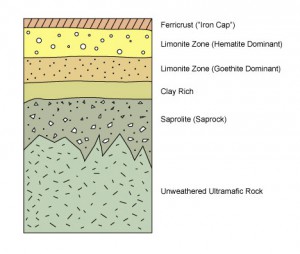
Nickel Laterites are composed of long tabular bodies, over several hundred meters, but only tens of meters deep. These deposits develop from the mechanical and chemical breakdown of high temperature igneous rocks known as ultramafic rocks. These deposits consist of a predictable weathering profile that includes five “zones”: The un-weathered ultramafic bedrock, the weathered bedrock or “saprolite”, a clay-rich layer, limonite zone and a ferricrust or “iron cap”. Economic laterite deposits tend to form in areas of low topographic relief as the difference in elevation can have an effect on the thickness of the deposit.
The average grade and tonnage of nickel –cobalt bearing laterites is 1.3 % Ni and 0.04% Cobalt at 56 Million tonnes. Middle grade Ni deposits contain more than 1.5% Ni and high grade Ni deposits are greater than 1.8%.
Ore Minerals
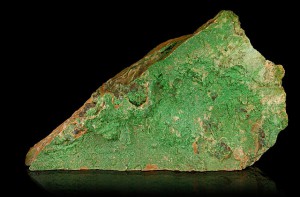
As the original nickel bearing rock weathers into a soil, the nickel finds its way into multiple minerals throughout the weathered profile. The source of the nickel is typically from the mineral olivine (Iron-magnesium silicate), a predominant mineral in peridotites (a common type of ultramafic rock). In the saprolite zone , nickel is contained within a series of mineral groups known as hydrous magnesium silicates, which consist of serpentines (((Mg, Fe)3Si2O5(OH)4)), chlorite ((Mg,Fe)3(Si,Al)4O10, sepiolite Mg4Si6O15(OH)2·6H2O and garnierites (Nickel bearing hydrous Magnesium silicates). The clay zone is rich in calcium, sodium, magnesium, iron and aluminum also known as smectites which can contain trace amounts of nickel. The nickel in the limonite zone is found within the iron oxides such as goethite and hematite. The saprolite and limonite zones tend to contain the higher grades of Ni and can range from 1.5-3% and 1.2-1.7% respectively.
How do they form?
Many factors affect the formation of nickel laterites, including the original rock the soil develops from, the climate, the rate in which weathering occurs, drainage of groundwater and the tectonic setting. The nickel in these laterites is sourced from the ultramafic bedrock. Ultramafic rocks are deep-sourced high temperature igneous rocks that tend to form within the earth’s mantle or at the base of sequences of oceanic crust. Large scale tectonic events uplift these sequences to the surface and emplace them onto the continental crust. Though these rocks don’t contain a lot of nickel (up to about 0.3%) the soil formed above these rocks is slowly enriched in nickel as the more soluble elements are carried away. Given enough time, these lateritic soils can contain up to 5% Nickel!
How do we mine them?
Given that these deposits form as large tabular bodies near the surface, open pit mining methods and in-situ leaching are the most commonly used extraction methods. When the raw material is extracted it usually contains greater than 40% moisture. Prior to being shipped, the material needs to be sun and air dried to reduce the moisture content to less than 35% before being refined.
Where are Nickel Laterite Deposits found?
The 20/20 rule:
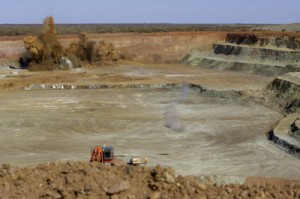
The majority of nickel laterite deposits tend to occur within the 23.5th parallels, north and south of the equator. These areas are within warm, tropical environments where chemical and mechanical weathering thrives. This explains why the majority of nickel laterite deposits are found in New Caledonia, Western Australia, Indonesia and South America. New Caledonia contains 21% of the world’s nickel laterites, followed by Australia (20%), the Philippines (17%) and Indonesia (12%). Some deposits do exist outside of this tropical belt including those in Oregon and the Ural Mountains of Russia.
Aside from the broad identification of tropical soils, exploration for these types of deposits involves locating prospective ultramafic bedrock through the use of geological mapping and geophysics.
Depending on the scale of exploration companies may utilize several geophysical methods. On a regional scale methods such as aeromagnetics, gravity, radiometric, and optical remote-sensing techniques are used to determine potential nickel laterite prospects and for mapping out ultramafic rocks. Gravity and magnetic surveys are used for identifying key structures such as faults that may have displaced the mineralization. Ground penetrating radar, gravity, magnetic, electric, electromagnetic and seismic surveys are useful for determining the overall weathering profile of a deposit and the depths of each weathered zone.
Important Deposits
Murrin Murrin, Western Australia
The Murrin Murrin project is a large nickel-cobalt laterite project located in Western Australia. The project is a jointly owned operation by Minara Resources (60%) and Glencore International (40%). As of 2005 the mine had a total reserve of 145 million tonnes grading at 1.07% Nickel and 0.085% Cobalt.
Goro Nickel Mine, New Caledonia
The Goro Nickel Mine is one of the world’s largest Nickel Laterite Mines. The project is owned by Vale (69%), a joint venture company composed of Sumic Nickel Netherlands, Sumitomo Metal Mining and Mitsui (21%) and the remaining 10% by three provinces within New Caledonia. The mine has a mineral reserve of 124 million tonnes, with an average nickel content of 1.48% and a cobalt content of 0.11%. The mine began production in 2010 and has a capacity of 60,000 tonnes per year.
Subscribe for Email Updates

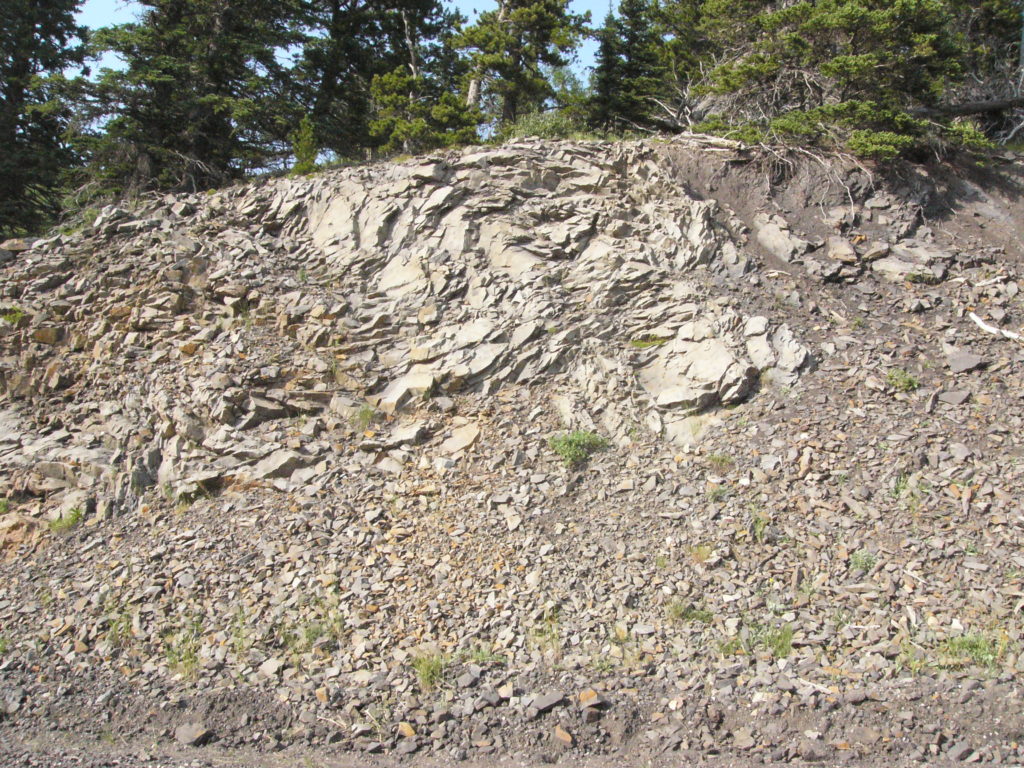
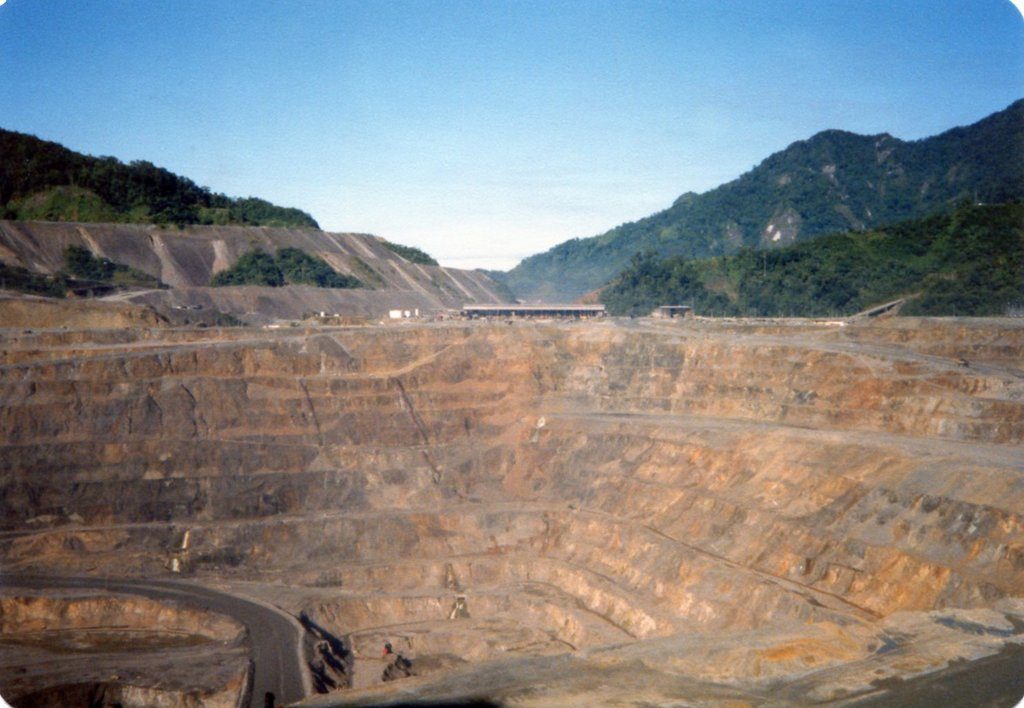
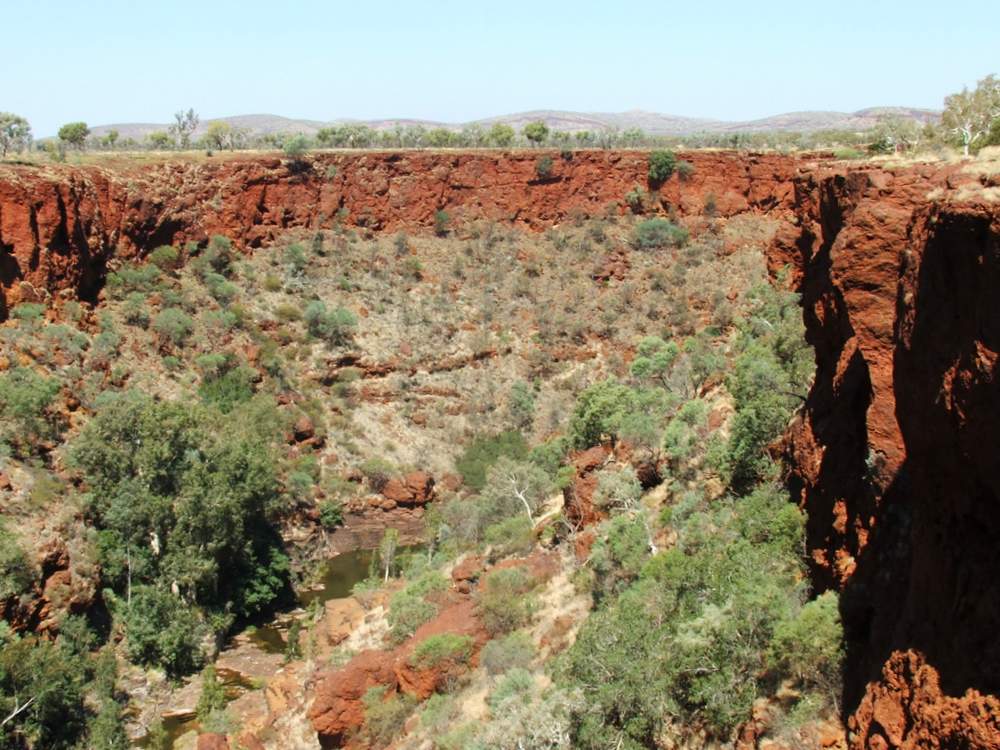
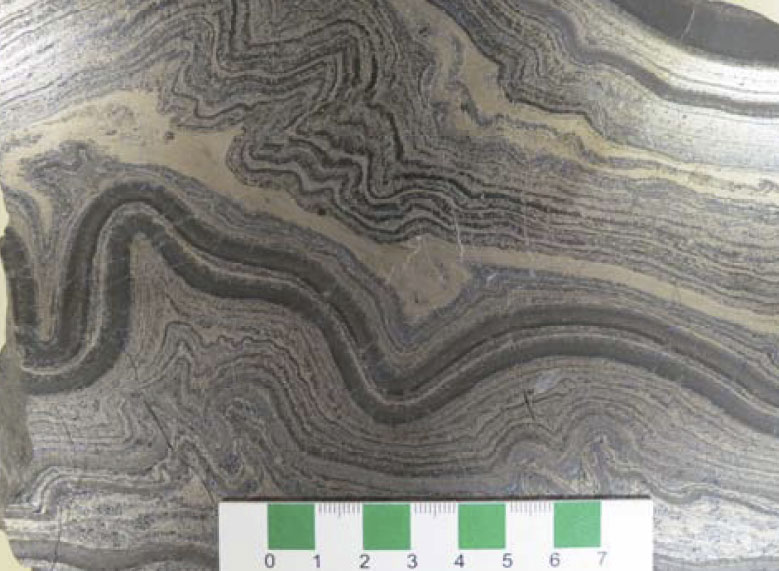
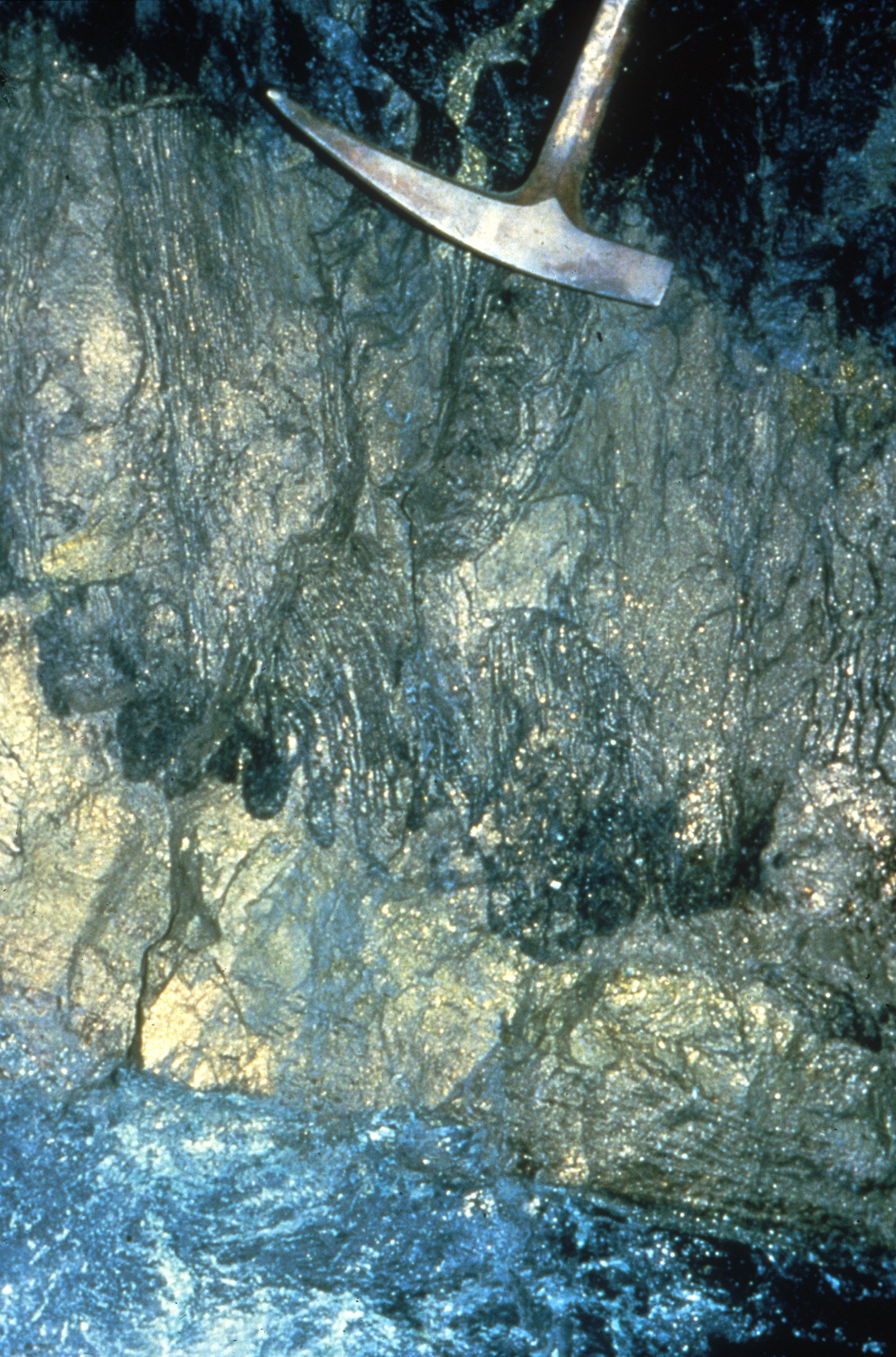
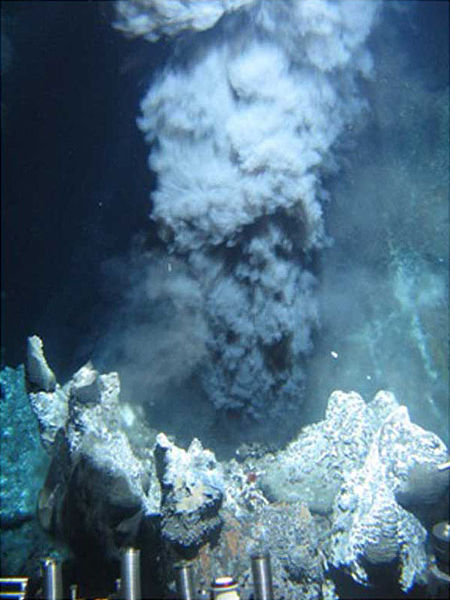


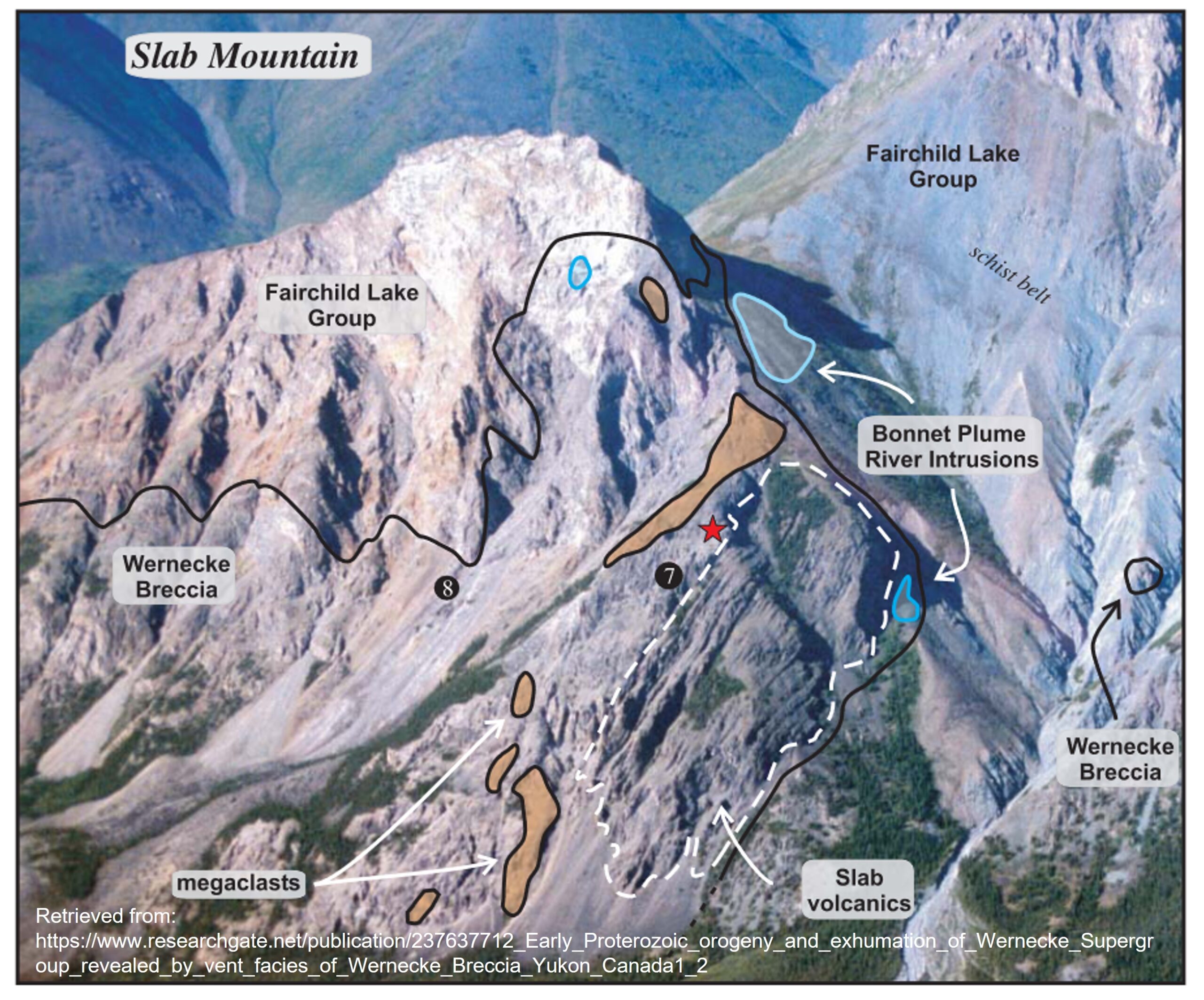
@KlondikeStrike just a pity about the $2bn to $6bn cost of a plant & struggle to make it work,Murrin Murrin’s taken >15 yrs
“Nickel is found in two types of deposits;”
What about awarurite?!
Thanks Keith. The mineral awaruite is a naturally occurring nickel-iron alloy that can sometimes be found in placer deposits created by the erosion of ultramafic rocks and can also be found in some magmatic nickel deposits and meteors. I’m actually not aware of any placer nickel mines, but if you have an example please let me know.
http://www.firstpointminerals.com/s/Home.asp